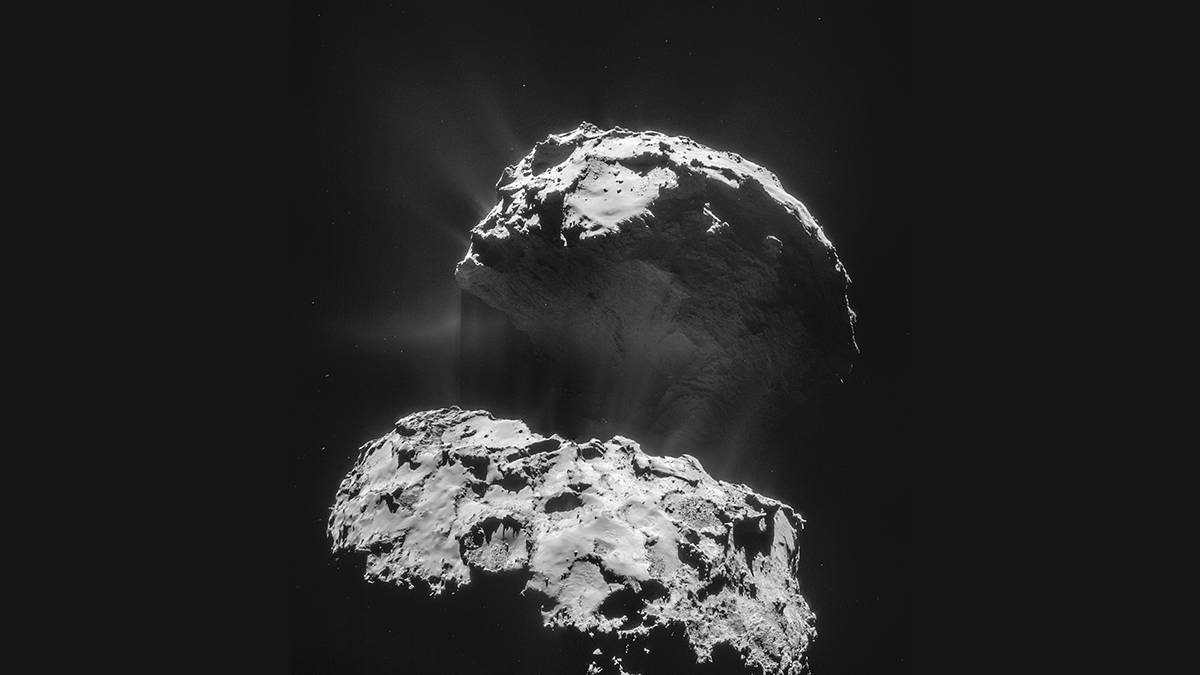Cometary activity moves sediments over the surface of 67P/Churyumov-Gerasimenko, with long-term sinks near the poles of the comet.
Journal of Geophysical Research: Planets
Dust in the (Martian) Wind
The InSight Lander, on Mars, intentionally dumped sand over its seismic instrument’s tether and the wind sorted the particles by size as it blew them away.
Hand Magnets Destroy the Magnetic Record of Meteorites
Meteorite collectors often use strong magnets for classification, but this approach destroys crucial evidence of processes active in the early solar system.
A New Origin Story for Mars’s Burns Formation
The Red Planet’s Grasberg and Burns formations have different compositions today, but they may have started out the same way.
A New View of Volcanism on Venus
Researchers present the most comprehensive catalog of Venusian volcanic edifices to date, providing new knowledge of the geological evolution of a relatively understudied planet.
Martian Rocks May Record Ancient Wind Directions
Mars 2020 Perseverance Rover images of abraded surface rocks may retain records of ancient wind directions, providing important ground-truth to our understanding of Mars’ recent climate history.
Martian Lava, Up Close and Personal
The Mars 2020 Perseverance Rover conducted the first investigation of volcanic rocks where they stand in their original configuration on the surface of Mars.
Lagos longevos cuentan una historia sobre el agua en Marte
Imágenes de alta resolución de paleolagos recientemente descubiertos en Marte demuestran un período de su historia con flujo de agua constante.
What Surprises do the Icy Uranian Moons Hold?
With efforts ramping up to send a spacecraft back to the Uranian system, anticipation is increasing as to what geological surprises are hiding inside and on the surfaces of the icy Uranian moons.
Dust on Mars? The Answer, My Friend, is Blowin’ in the Wind
The first flights of a helicopter on another planet are used to study dust lifting and mobilization in Jezero Crater, Mars.










